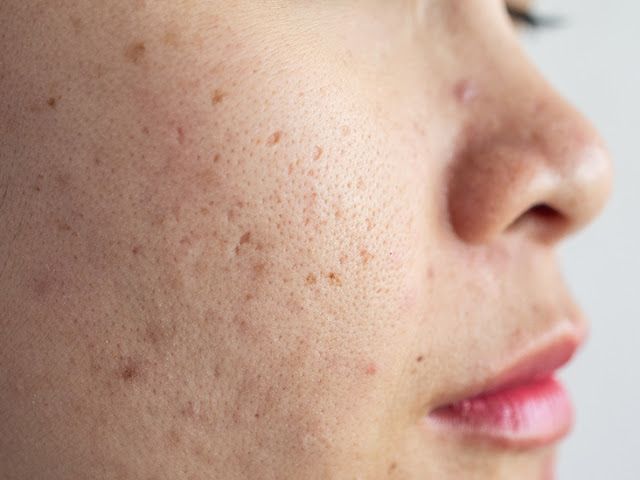Melasma or closma is a skin disorder that develops on the face of a dark and brown pigmentation and fades over time. This condition occurs when the cells produce excess melanin. This may be due to exposure to the sun, hormonal contraceptives, pregnancy or any phototoxic reaction of perfumed cosmetics, soaps and toiletries. It can also be raised for other unknown reasons. Although it mostly affects women, chloasma affects men and is associated with estrogen and progesterone.
Melasma can affect people who have darker skin tones than lighter skin tones. It can take the form of epidermal, dermal or mixed closma. The epidermal type is easily seen under a black light, which has a dark brown color and well-defined borders and usually responds well to treatment. The dermatitis is not seen under black light, it has a light brown color and the borders are not so well defined and do not respond well to treatment as epidermal melasma. However, in the case of mixed types there is a combination of light and brown patches that can be improved with treatment but not epidermal melasma.
Closama can affect the cheeks, forehead and upper lip. The blocks may resemble freckles or they may appear in larger patches. It can also spread to the neck, shoulders and upper arms. Unlike acne, this condition usually starts to form in the 30s. It can develop as a result of hereditary, hormonal or sun exposure factors and any combination of these factors. For example, this condition is especially prevalent in pregnant women, women taking oral contraceptives, or menopausal women taking hormone replacement therapy.
Melasma can also be triggered by medications such as dilantine. It is most noticeable during the summer but usually fades within a few months. In men with closma, shave lotion or other scented toiletries are used later. Anyone who suffers from photosensitivity may be affected by chloasma. Since melasma usually does not indicate any other serious medical condition, it cannot be treated. However, chloasma is usually treated with topical creams or ointments.

Comments
Post a Comment